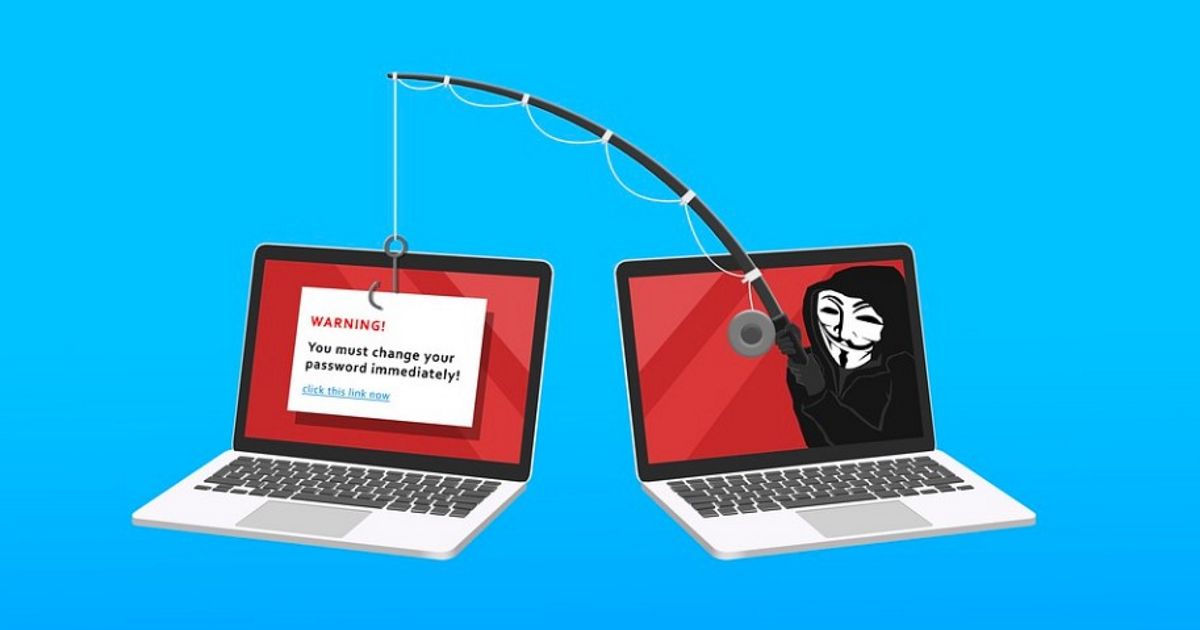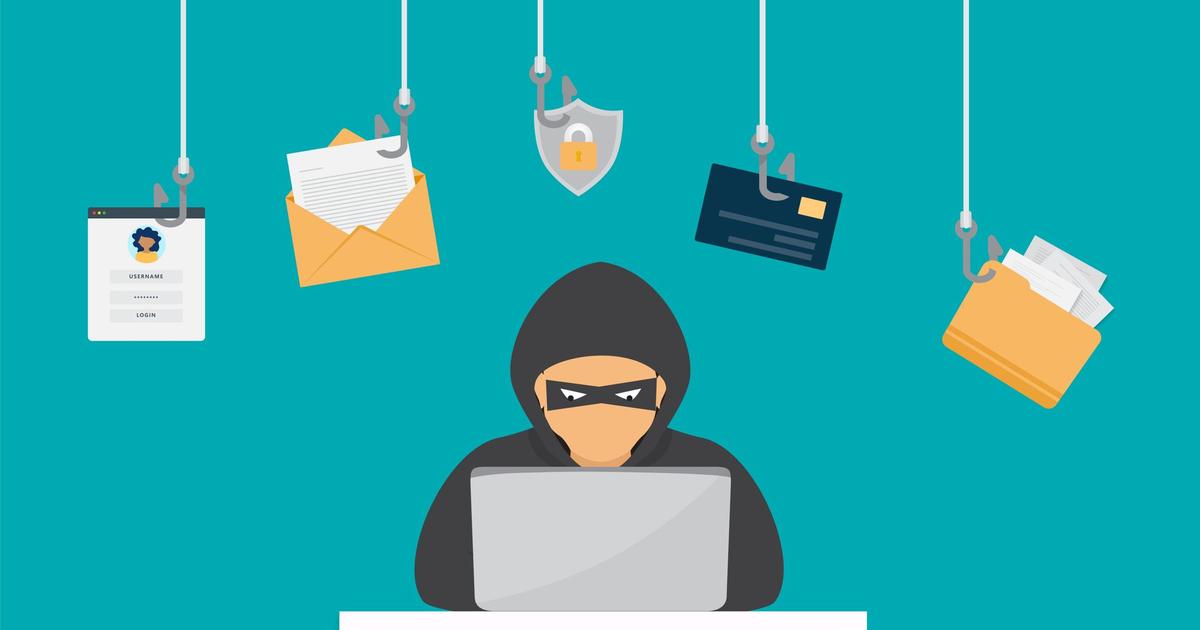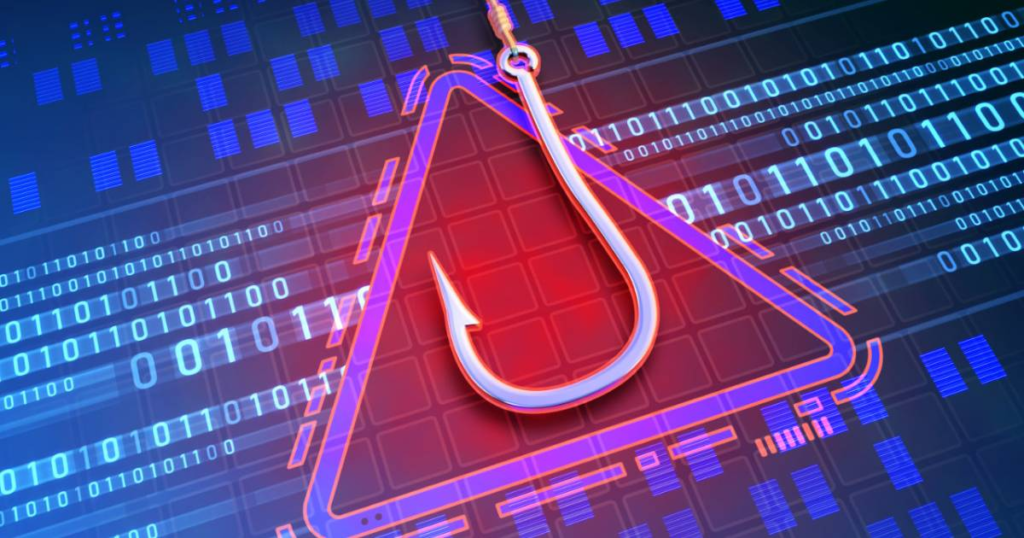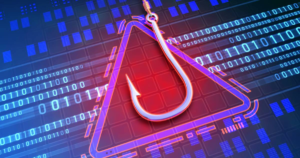Anatomy of a Phishing Attack: How to Identify and Avoid Scams
In the age of digital information, cybersecurity is a paramount concern. Phishing attacks, the deceptive and cunning techniques used by cybercriminals, have become increasingly prevalent. Understanding the anatomy of a phishing attack is crucial for safeguarding your online presence. This article will guide you through the maze of phishing, from its definition to the strategies for recognizing and avoiding these scams.
Setting the Stage for Phishing Attacks

The Importance of Being Informed
Before we delve into the nitty-gritty of phishing attacks, it’s vital to grasp the significance of staying informed. In the fast-evolving landscape of cybersecurity, knowledge is your best defense. The more you know, the better equipped you are to protect yourself.
Understanding Phishing
Defining Phishing Attacks
Phishing, at its core, is a form of social engineering. Cybercriminals employ a range of deceptive tactics to manipulate individuals into divulging sensitive information. These attacks can take many forms, such as fraudulent emails or fake websites, all designed to exploit human vulnerabilities.
The Prevalence of Phishing in Today’s World
Phishing attacks are not isolated incidents; they are disturbingly widespread. Whether you’re a seasoned internet user or a novice, you’re a potential target. From large corporations to individuals, no one is immune to the threat posed by these cunning scams.
The Psychology Behind Phishing
Exploiting Human Behavior
Understanding the psychology behind phishing is crucial for recognizing and avoiding these attacks. Phishers rely on human curiosity, trust, and sometimes, sheer naivety. By preying on these natural inclinations, they create the perfect conditions for a successful attack.
Emotional Triggers in Phishing
Phishing is not just about tricking you with well-crafted messages; it’s about evoking emotions. Fear, urgency, or even excitement can cloud your judgment, making you more susceptible to these scams.
Types of Phishing Attacks

Phishing attacks come in various flavors, each with its own modus operandi.
Email Phishing
One of the most common types, email phishing, involves sending deceptive emails that appear legitimate. The goal is to lure recipients into taking a specific action, such as clicking a malicious link or sharing personal information.
Deceptive Email Techniques
Email phishers employ a range of techniques to make their messages convincing, often masquerading as trusted entities like banks or government agencies. Spotting these subtle yet essential clues can save you from falling into their trap.
Recognizing Suspicious Sender Addresses
The “from” address is often the first red flag in a phishing email. Cybercriminals may use slightly altered or misspelled domain names to mimic legitimate senders. Careful scrutiny of sender addresses can be your first line of defense.
Spear Phishing
Spear phishing takes a more targeted approach. Instead of casting a wide net, attackers focus on specific individuals or organizations, tailoring their messages to exploit personal details, relationships, or interests.
Targeted Attacks
Spear phishers go to great lengths to research their victims. They gather personal information from various sources to create highly convincing messages, making it imperative for you to be extra cautious.
Social Engineering Tactics
Social engineering is the cornerstone of spear phishing. Attackers manipulate victims by leveraging their emotions, trust, and personal connections. It’s essential to be wary of unsolicited requests, even if they appear to come from someone you know.
Phishing Through Malware
In some cases, cybercriminals skip the elaborate ruse and infect your devices directly with malware.
Downloading Malicious Attachments
Phishing through malware often involves tricking users into downloading seemingly innocent attachments that harbor malicious code. Vigilance in opening attachments is key.
Recognizing Infected Links
Phishing links can be hidden in plain sight, leading to fake websites designed to steal your information. Learning to recognize these links can prevent a potential security disaster.
Red Flags and Warning Signs

Phishing attacks are often littered with telltale signs that, if recognized, can save you from a cybersecurity nightmare.
Generic Salutations
Phishing emails often begin with generic greetings like “Dear User” instead of addressing you by name. This impersonal touch is a sign that the sender may not know who you are.
Urgent or Threatening Language
Phishers play on your fear or curiosity by creating a sense of urgency or threat. If an email conveys an impending disaster unless you act immediately, proceed with caution.
Misspelled Words and Grammatical Errors
Phishing emails are frequently riddled with spelling and grammatical mistakes. These errors are a result of haste and inattention, offering a clear indication of deceit.
Suspicious Attachments or Links
Be wary of unsolicited attachments or links, especially if they promise incredible offers or demand immediate action. Hovering your mouse over links can unveil their true destination.
Fake Websites and URLs
Phishing websites may appear strikingly similar to legitimate ones. Scrutinizing the website’s URL and ensuring it matches the official address is crucial.
Protecting Yourself

Verifying Senders
Always verify the authenticity of senders, especially when emails are unsolicited or contain unusual requests.
Hovering Over Links
Before clicking on any link, hover your mouse over it to preview the URL destination. Ensure it aligns with your expectations.
Confirming with Legitimate Sources
When in doubt, reach out to the organization or person through their official channels to confirm the authenticity of an email or message.
Keeping Software Updated
Regularly updating your software, especially your operating system and antivirus programs, can help protect your devices from malware.
Educating Yourself and Others
Sharing your knowledge about phishing attacks with family, friends, and colleagues can collectively strengthen our defenses against these scams.
Phishing in the Real World
High-Profile Phishing Incidents
Even renowned companies and individuals have fallen prey to phishing attacks. Examining these high-profile incidents can provide valuable insights.
Personal Stories and Lessons
Hearing about personal experiences from those who’ve encountered phishing attacks can help you understand the real-world implications and lessons learned.
Tools and Resources
Anti-Phishing Software
There are numerous anti-phishing software tools available that can act as an additional layer of protection.
Reporting Phishing Attempts
Reporting phishing attempts to relevant authorities can help prevent others from falling victim to the same scams.
Government Resources and Support
Many governments offer resources and support to assist citizens in combating phishing. Familiarize yourself with these.
Cybersecurity Best Practices

Using Strong Passwords
Employing strong, unique passwords for each account is a fundamental aspect of cybersecurity.
Multi-Factor Authentication (MFA)
Enabling MFA adds an extra layer of security by requiring two or more forms of verification for account access.
Safe Browsing Habits
Learn the art of safe browsing: avoid suspicious websites and use secure connections (HTTPS) whenever possible.
Regularly Backing Up Data
Regularly backing up your data ensures you won’t lose critical information in the event of a cyberattack.
Staying Informed and Vigilant
Cybersecurity News and Updates
Stay updated with the latest cybersecurity news and developments to adapt to evolving threats.
Encouraging a Culture of Vigilance
Promote a culture of vigilance within your community, both online and offline, to strengthen collective defenses.
Recap of Key Takeaways
Summarize the key points and takeaways from this article to reinforce the importance of vigilance in the face of phishing threats.
Conclusion
The Power of Knowledge in Combating Phishing
Knowledge is your most potent weapon against phishing attacks. By understanding the anatomy of these scams, you can significantly reduce your vulnerability.
Taking Charge of Your Online Safety
Ultimately, your online safety is in your hands. By following the advice and strategies outlined in this article, you can become a formidable defense against the sophisticated world of phishing attacks. Stay informed, stay vigilant, and protect your digital life.
Phishing Awareness FAQ
What is phishing?
Phishing is a type of cyberattack where cybercriminals use deceptive tactics to manipulate individuals into divulging sensitive information such as login credentials, financial details, or personal data. These attacks can take various forms, including fraudulent emails, fake websites, or other communication methods.
How does phishing work?
Phishers create messages or websites that appear legitimate, often impersonating trusted entities like banks, government agencies, or well-known companies. They use psychological tactics, fear, urgency, or excitement to manipulate recipients into taking specific actions, like clicking malicious links or sharing personal information.
What are some common types of phishing attacks?
Common phishing attack types include:
Email Phishing: Deceptive emails that attempt to trick recipients into taking action.
Spear Phishing: Targeted attacks focusing on specific individuals or organizations.
Phishing Through Malware: Infection of devices with malware via malicious attachments or links.
How can I recognize a phishing attempt?
Look out for red flags such as generic salutations, urgent or threatening language, misspelled words or grammatical errors, unsolicited attachments or links, and discrepancies in website URLs. Hover your mouse over links to preview the destination URL.
How can I protect myself from phishing attacks?
To protect yourself from phishing attacks:
Verify sender authenticity, especially for unsolicited emails.
Hover over links to preview URLs.
Confirm with legitimate sources if in doubt.
Keep software updated.
Educate yourself and others about phishing awareness.
Use strong, unique passwords and enable multi-factor authentication (MFA).
Practice safe browsing habits, and regularly back up your data.
Stay informed about cybersecurity news and encourage a culture of vigilance in your community.
Can companies and individuals be targeted by phishing?
Yes, both companies and individuals can be targeted. Phishing attacks are widespread, and no one is immune. It’s crucial for everyone to be aware of these threats and take precautions.
What should I do if I suspect a phishing attempt?
If you suspect a phishing attempt, do not click on any links or download attachments. Instead, report the phishing attempt to the relevant authorities or the organization being impersonated. This helps prevent others from falling victim to the same scam.
Are there tools and resources to combat phishing?
Yes, there are various tools, including anti-phishing software, that act as an additional layer of protection. Additionally, many governments offer resources and support to assist citizens in combating phishing. Familiarize yourself with these resources to bolster your defenses.
How can I learn more about high-profile phishing incidents and personal stories related to phishing?
You can stay informed about high-profile phishing incidents and personal experiences by following cybersecurity news and blogs. Many individuals share their stories and lessons learned online, which can provide valuable insights into real-world implications.
What’s the key takeaway regarding phishing?
The power of knowledge is your most potent weapon against phishing attacks. By understanding the tactics and red flags associated with phishing, you can significantly reduce your vulnerability. Take charge of your online safety by staying informed, being vigilant, and following best practices to protect your digital life.
In our previous article on Online Privacy: A Comprehensive Guide to Protecting Your Personal Data, we discussed the importance of safeguarding your personal information in the digital age. It’s essential to be well-informed about the various threats to online privacy, including phishing attacks. Understanding the tactics employed in phishing, as well as how to recognize and avoid them, is a crucial aspect of preserving your personal data and online security.
For more in-depth insights into protecting yourself from the latest phishing techniques, you can explore this informative article on Secure Yourself from Phishtop Techniques Used in Phishing. The article delves into the evolving world of phishing attacks and provides valuable tips and strategies to stay safe online. It’s always beneficial to supplement your knowledge by learning from relevant and authoritative sources in the field of cybersecurity.






Uma resposta